
Step into almost any city in the United States, and you’re likely to encounter the familiar blue-and-yellow signage of Walmart. But the reality is, Walmart is more than a neighborhood superstore. It is a global titan with a jaw-dropping scale: around $600 billion in annual revenue and a workforce of roughly 2.3 million employees worldwide. Source. That’s more than the population of many countries, and its revenue dwarfs the GDPs of some developed nations.
But numbers alone can’t tell the whole story. The true intrigue about Walmart is not only in its magnitude, but in what it represents for modern commerce, operations, and, of special interest to you, the merchant, customer service innovation.
In this article, we’re going to look beyond Walmart’s sheer size and legendary supply chain to explore how it uses advanced technologies, from AI-driven decision-making to smart integrations like Sobot. We’ll break down the strategies that keep Walmart ahead of the curve and show how merchants of any size can adapt these same tactics to strengthen their own businesses.
Walmart Origin And Growth
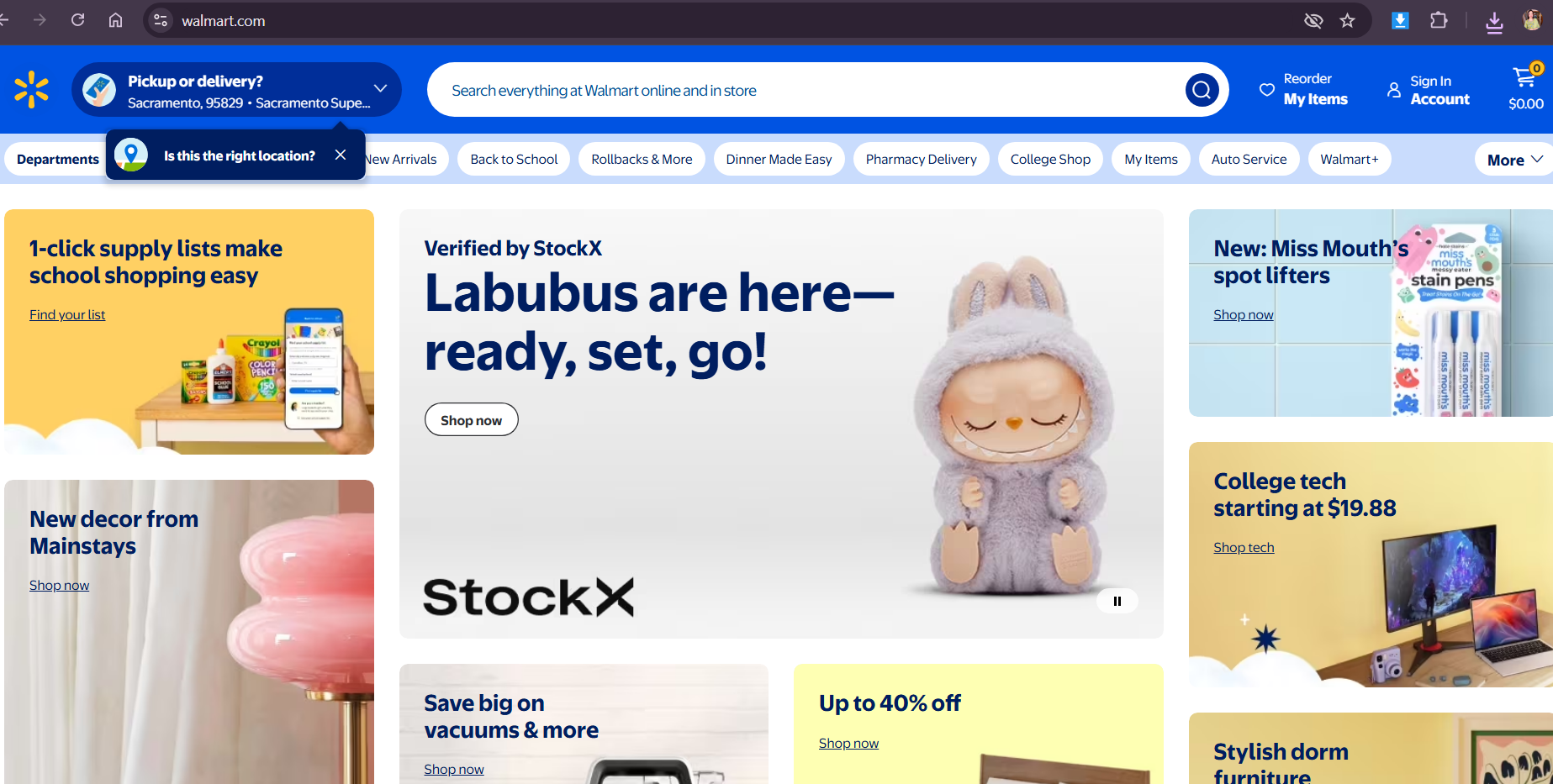
Every giant has a humble beginning, and Walmart’s story starts in 1962 in the small town of Rogers, Arkansas. It was here that Sam Walton opened the very first Walmart store, driven by a simple but powerful vision: to deliver the lowest prices anytime, anywhere. Source.
Sam Walton was not just a businessman; he was a visionary who recognized the sheer power of affordable retail. His belief in “everyday low prices” became the cornerstone of Walmart’s strategy and culture. The first Walmart store was modest by today’s standards, but the business model was radical for its time. Walton’s strategy was to keep profit margins low while driving sales volume high. In other words, he was willing to make less on each item sold if it meant selling far more items overall. This “stack ’em high, sell ’em cheap” philosophy wasn’t new in retail, but Walton scaled it in a way few thought possible.
By the 1990s, Walmart had become a coast-to-coast powerhouse in the U.S. Its next moves, international expansion and diversification into e-commerce, would cement its status as a global retail leader. Today, that small Arkansas store has grown into a network of over 10,500 retail units worldwide. Source.
Walmart: Enterprise Overview
Walmart’s Growth and Revenue
Walmart’s story of growth and expansion continues to captivate merchants and business enthusiasts alike because of its sheer scale and strategic vision. In fiscal year 2024, Walmart generated approximately $648 billion in revenue, reflecting its dominant position in global retail. Source. This impressive performance is expected to continue, with projections estimating that the company’s revenue will reach around $681 billion for fiscal year 2025. Source.
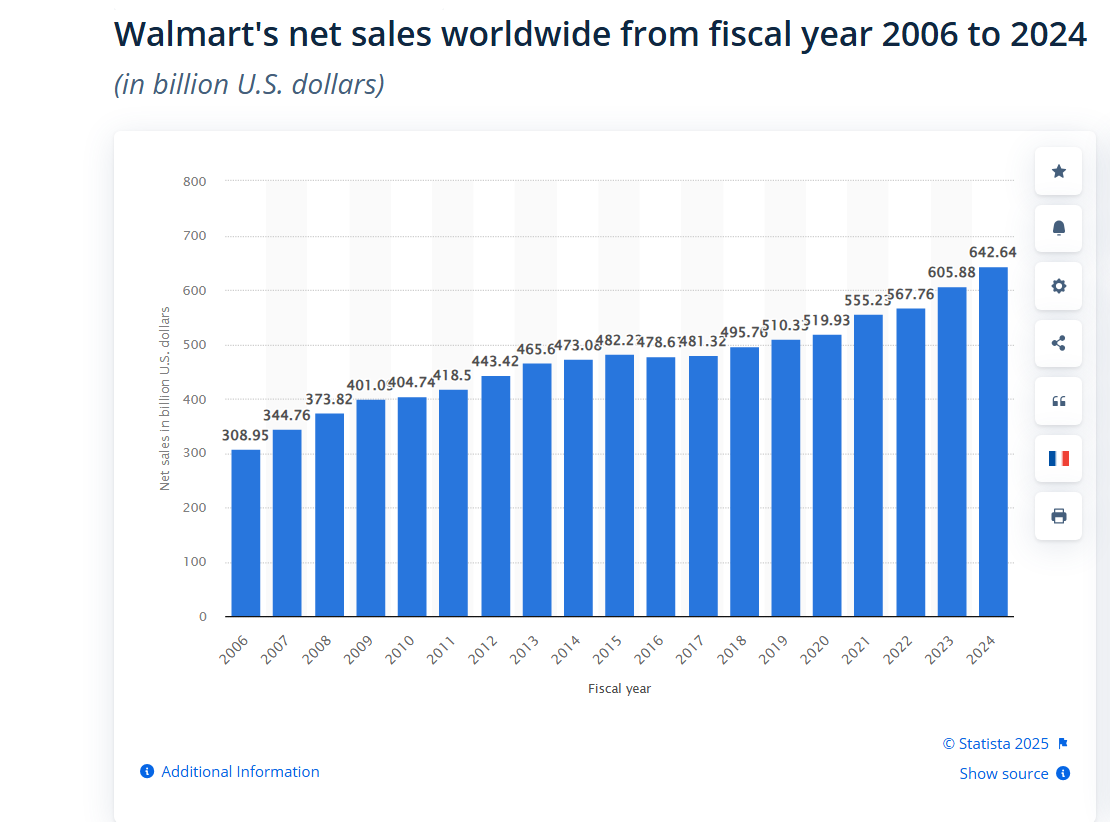
Beyond revenue, Walmart’s global reach is equally remarkable. The company operates over 10,750 stores across 19 countries, employing a workforce of about 2.1 million people worldwide. Source.Walmart’s reach also extends far beyond U.S. borders. In fiscal 2024, the company generated $115 billion in international net sales spanning markets like Canada, Mexico, Chile, and China. Source.
And while Walmart’s roots are in brick-and-mortar retail, it has embraced digital transformation in a big way. The company’s global e-commerce sales grew by 21% year-over-year in fiscal 2024. Source.
Market Segments
Walmart’s business is organized into three primary market segments: Walmart U.S., Walmart International, and Sam’s Club, each playing a critical role in its overall success. In the United States alone, Walmart U.S. operates approximately 4,605 stores, a mix of retail outlets and a robust e-commerce platform that together serve millions of customers daily. Source. This domestic segment remains the largest revenue contributor, reflecting Walmart’s deep penetration of the U.S. retail market.
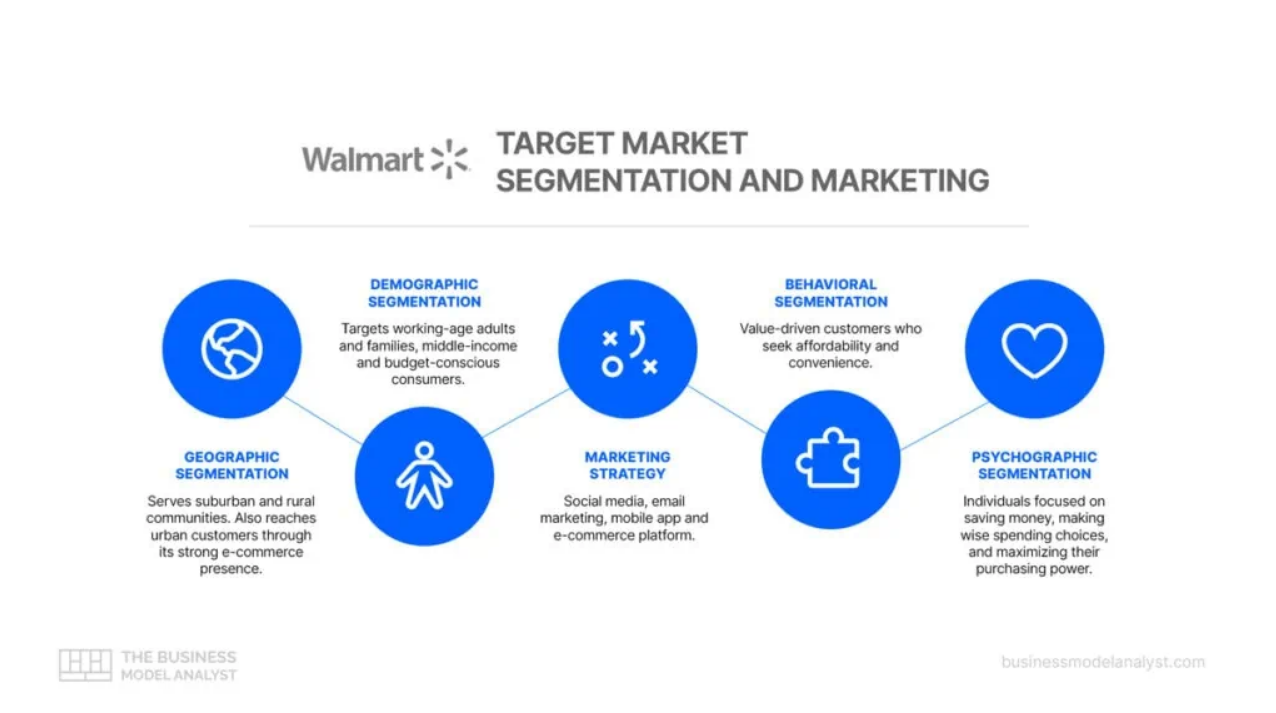
On the international front, Walmart maintains a significant presence in over 18 countries, including major operations in Canada, Mexico, China (transitioned recently), and emerging markets like India and South Africa, among others. Source. This global footprint represents Walmart’s strategic effort to adapt its retail model to diverse cultural and economic landscapes while continuing to expand its customer base.
In fiscal year 2024, Sam’s Club reported an impressive $3.1 billion in membership revenue, signifying strong customer loyalty and consistent recurring income from membership fees. Source.
Customer Base & Reach
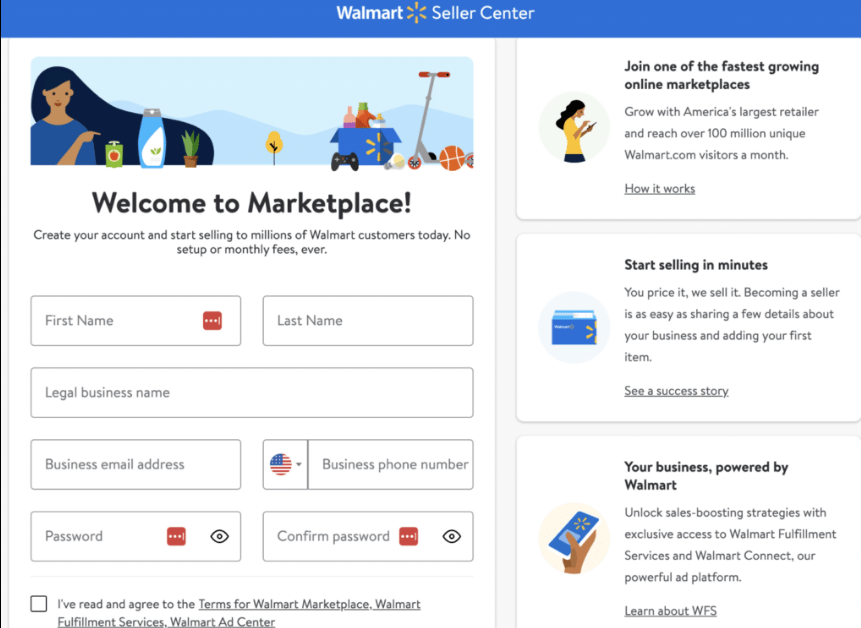
Walmart enjoys enormous customer reach, both in its physical stores and online platforms. Each week, about 255 million customers and members visit Walmart’s stores and e-commerce websites across the globe, a testament to its unmatched retail footprint and consumer appeal. Source.
Monthly online traffic to Walmart’s digital properties has surged to roughly 497 million visits, reflecting the company’s growing emphasis on e-commerce and omnichannel retail experiences designed to meet modern consumer expectations. In terms of demographics, Walmart’s shopper base is diverse but notably strong among younger consumers. About 61 percent of shoppers aged 18-29 and 66 percent aged 30-49 regularly shop at Walmart, underscoring its relevance across key age groups that drive consumption. Source.
Walmart’s Customer Service Philosophy
Customer‑First Commitment
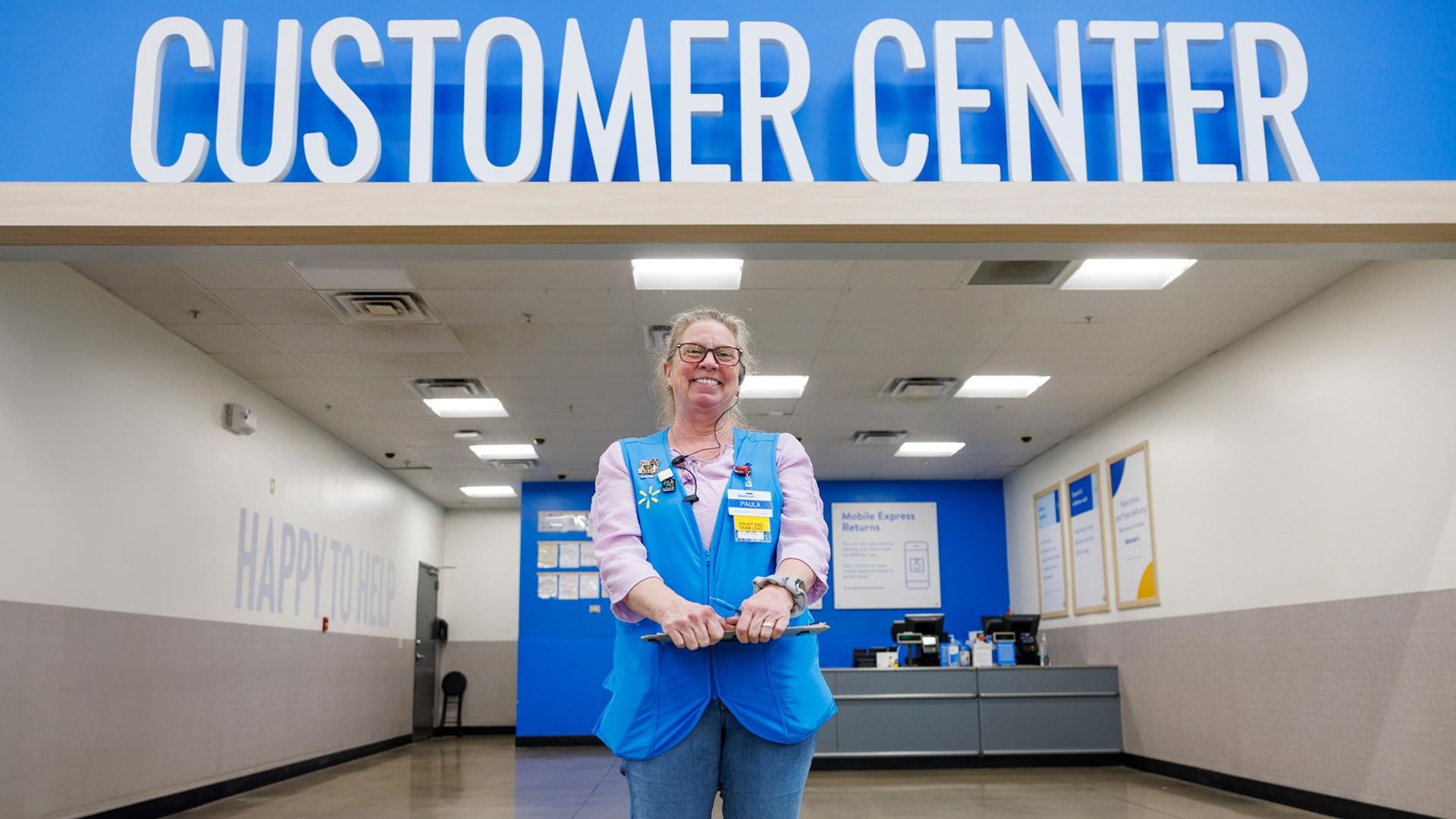
Customers can contact Walmart’s support team via phone, online chat, email support forms, and a comprehensive Help Center available on Walmart.com. Specifically, Walmart maintains a dedicated U.S. customer service phone number, 1-800-925-6278 (also known as 1-800-WALMART), which is the central point for live assistance with a wide variety of issue types including order inquiries, product questions, refunds, and delivery concerns.
This toll-free line is staffed by representatives ready to help Monday through Friday from 8 a.m. to 11 p.m. Central Standard Time (CST), providing extended support hours to fit different customer schedules. Source.
Walmart’s support teams are trained to resolve issues efficiently across core areas:
- Order inquiries: Missing deliveries, tracking issues, wrong items, support agents prioritize resolution in one call or chat session.
- Product questions: Clarifications on specs, availability, or substitutions are handled swiftly, especially important in grocery-sensitive categories.
- Refunds & returns: Whether dealing with in-store refunds or online returns, agents handle the process through guided steps to avoid customer frustration.
- Delivery problems: Damaged or delayed shipments, scheduling conflicts, or pickup issues (including curbside orders) are common support topics that Walmart aims to fix on first contact.
Customer Feedback and Performance
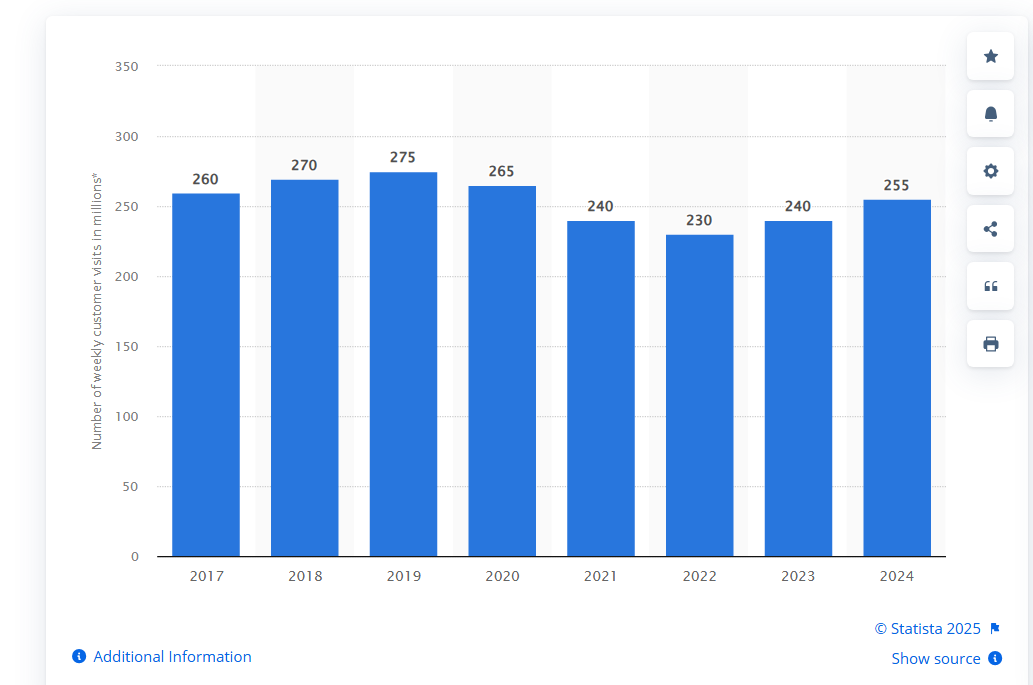
- Seller Response Rate Over 95%: Walmart maintains a stringent standard for seller responsiveness, requiring sellers on its marketplace to respond to customer inquiries within 48 hours, resulting in an impressive response rate exceeding 95%. This rapid response time is a critical benchmark that supports customer satisfaction and trust across Walmart’s expansive online ecosystem (Source).
- Serving Over 240 Million Customers Weekly: Walmart serves more than 240 million customers per week, combining the strengths of its wide-ranging physical store footprint with a continually enhanced, user-friendly online platform. This dual-channel presence ensures Walmart meets customers wherever and however they prefer to shop (Source).
High Digital Engagement Metrics:
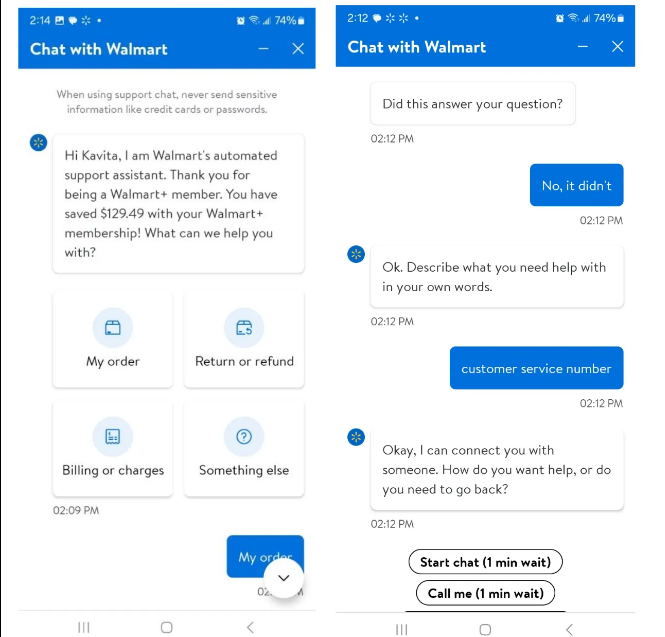
Walmart’s online customer experience is marked by strong positive user feedback, demonstrating effective design and functionality:
- 88% of users find navigating Walmart.com easy, suggesting a streamlined and intuitive website layout that facilitates fast shopping journeys.
- 79% of shoppers feel that buying online with Walmart saves them time, highlighting convenience as a key reason customers choose Walmart’s digital channels.
- 72% believe they are getting the best deals on Walmart’s platform, which ties into Walmart’s longstanding promise of everyday low prices, bolstering customer loyalty.
- 62% of users value the personalized recommendations offered, indicating that Walmart’s AI-powered suggestions successfully engage customers and enhance their shopping experience. Source.
Introduction of AI-Powered Customer Service

Walmart’s customer service transformation is being driven by AI-powered tools that handle everything from basic inquiries to complex interactions, freeing up human agents to focus on higher-value support.
Chatbots and virtual assistants have become a core part of Walmart’s support ecosystem. Customers can now get instant answers to common questions, like order tracking, store hours, return policies, or product availability, without waiting for a human representative. These AI systems work across Walmart.com, the mobile app, and even in-store kiosks, making help accessible anywhere.
For simple requests, such as “Where is my order?” or “Can I change my delivery time?”, AI handles the interaction end-to-end, meaning the customer can resolve the issue in under a minute. According to Walmart’s technology leadership, this shift not only reduces support costs, but also improves customer satisfaction scores, because customers value speed and convenience. Source.
Notable Conversational AI Applications
Walmart has developed several notable AI applications focused on improving customer and associate experiences through conversational AI:
- “Ask Sam” AI Assistant: Designed specifically for Walmart store associates, “Ask Sam” is an AI-powered digital assistant that helps employees quickly find product information, answer customer inquiries, and receive step-by-step guidance for complex store procedures. This tool, available via the Walmart associate app, supports over 900,000 users each week and processes more than 3 million queries daily, significantly improving productivity and customer service on the ground.
- Voice-Based Shopping Solutions: Walmart partnered with Google and Apple to integrate voice ordering capabilities, allowing customers to shop via smart speakers or mobile devices using natural language commands. Customers can simply say, “Hey Google, add [item] to my cart”, enabling seamless and hands-free shopping experiences.
- Automated Ordering and Reordering: Through conversational AI platforms, customers can easily place new orders or reorder frequently purchased items via chat or voice interfaces, enhancing convenience and reducing friction in the shopping journey. This system uses advanced natural language understanding to process requests.
Walmart’s Integration with Sobot: A Powerful Collaboration
Sobot has taken the initiative to integrate its AI-powered contact center platform with Walmart’s marketplace, equipping merchants with advanced tools to enhance their customer service efficiency. This integration empowers marketplace sellers to seamlessly handle large volumes of customer inquiries, improve response times, and deliver a smoother, more consistent customer support experience.

Integration Features & Benefits
- Unified Ticket View: All customer inquiries, whether from email, chat, voice, social media, or SMS, are funneled into a single Sobot dashboard, making it far easier for agents to view, track, and manage tickets in one centralized space.
- Instant Order Data Access: Merchant agents can view relevant customer order details directly alongside each ticket, eliminating the need to switch between multiple systems. This seamless access to order context accelerates issue resolution and enhances service quality.
- AI‑Powered Suggestions: Sobot.ai provides automated reply templates and Copilot suggestions, enabling agents to resolve routine cases faster with structured, accurate, and brand-aligned responses.
- Chatbot Automation: Frequently asked questions, like order status inquiries, store hours, or return policies, can be automatically addressed by the AI Agent, freeing merchant agents to focus on more complex or high-priority issues.
- Process Efficiency Gains: With customer data pre‑loaded and routed intelligently, agents spend less time navigating and more time resolving, reducing average handle time and increasing productivity.
Measurable Outcomes
- Operational Efficiency: Merchants’ support teams can manage substantially higher ticket volumes daily due to workflow automation, centralized dashboards, and AI-driven assistance.
- Improved Response Speed: Customers shopping from merchants on Walmart’s platform experience shorter wait times and nearly instant updates, since agents have order information and suggested solutions pre-populated within tickets.
- Consistent Support Experience: Sobot standardizes answers for recurring questions, ensuring customers receive consistent, reliable service quality no matter which channel they use.
- Scalable Infrastructure: The Sobot platform supports merchants in scaling their customer service operations to handle high inquiry volumes seamlessly during peak events such as holidays or major sales promotions.
Wrap-Up: Walmart as a Blueprint for Modern Customer Service
Walmart’s rise from a small store in Arkansas to a global retail leader with over $648 billion in annual revenue reflects unmatched operational excellence and a deep commitment to customers. Through an omnichannel strategy, combining vast physical coverage with user-friendly digital services, Walmart offers conveniences like same-day delivery, curbside pickup, and real-time order tracking. These are backed by streamlined support channels that keep service quick and consistent.
Solutions such as Sobot play a supporting role in this ecosystem by enabling features like automated responses and centralized customer views, capabilities that align with the scale and standards Walmart upholds.
As Walmart continues to evolve, innovations in AI personalization, conversational automation, and predictive analytics will further enhance its ability to offer fast, empathetic, and scalable customer experiences, securing its leadership in retail customer service for years to come.






